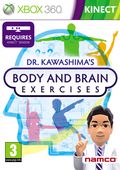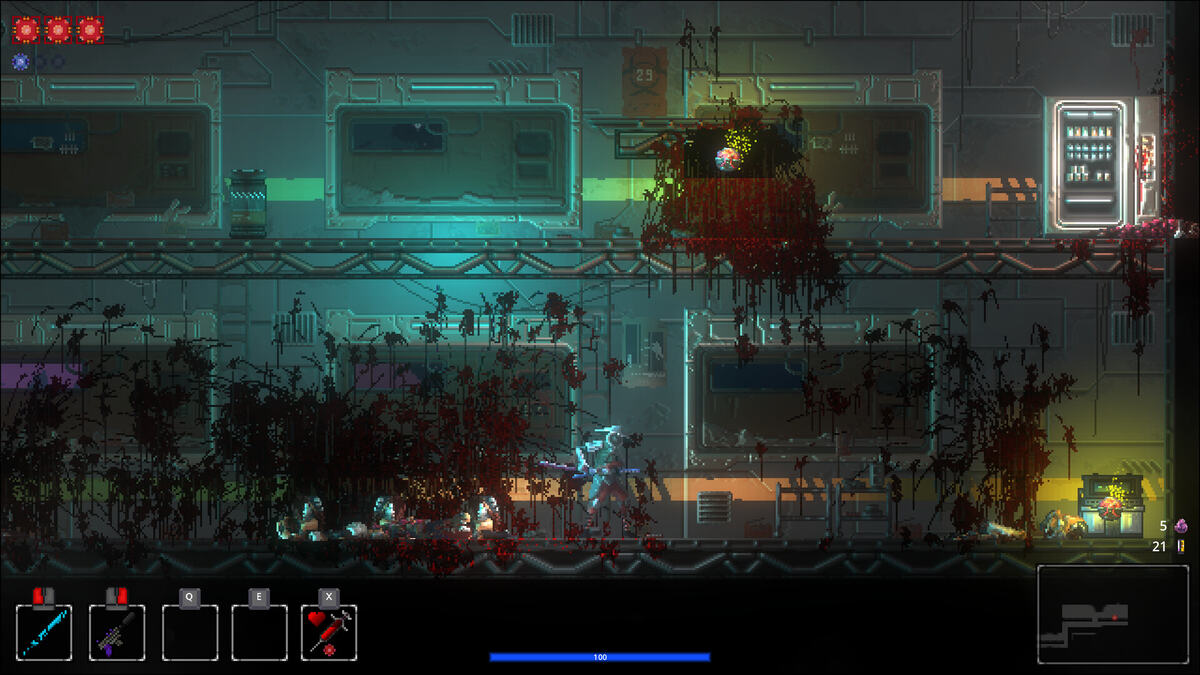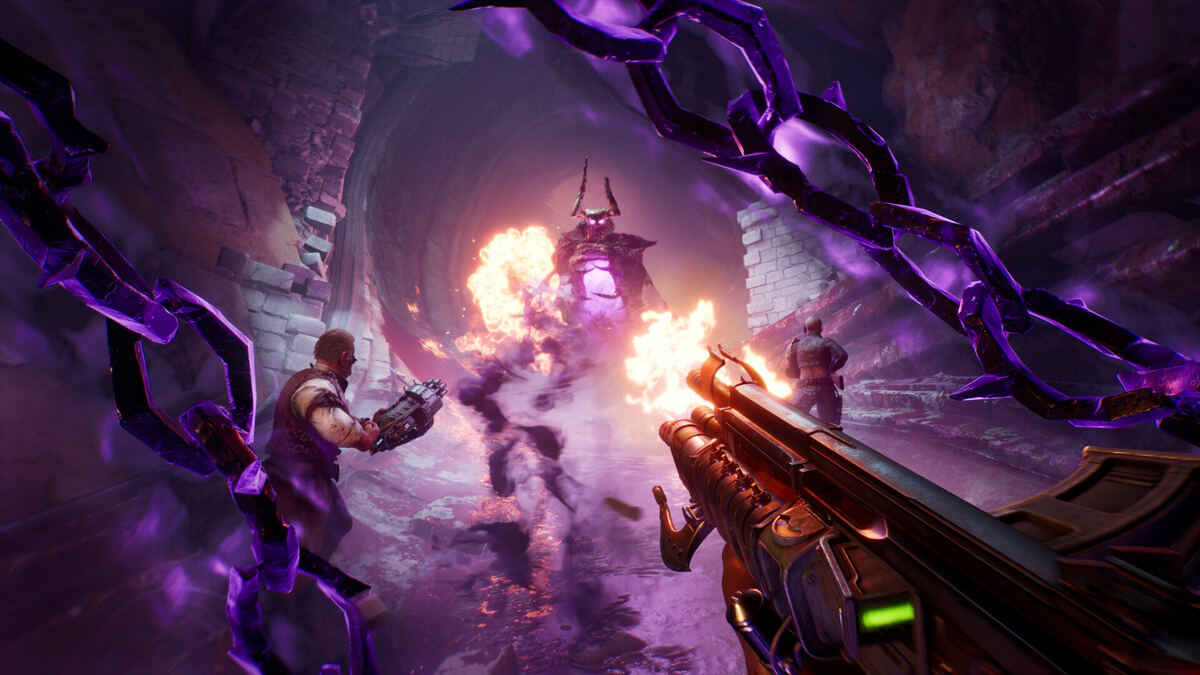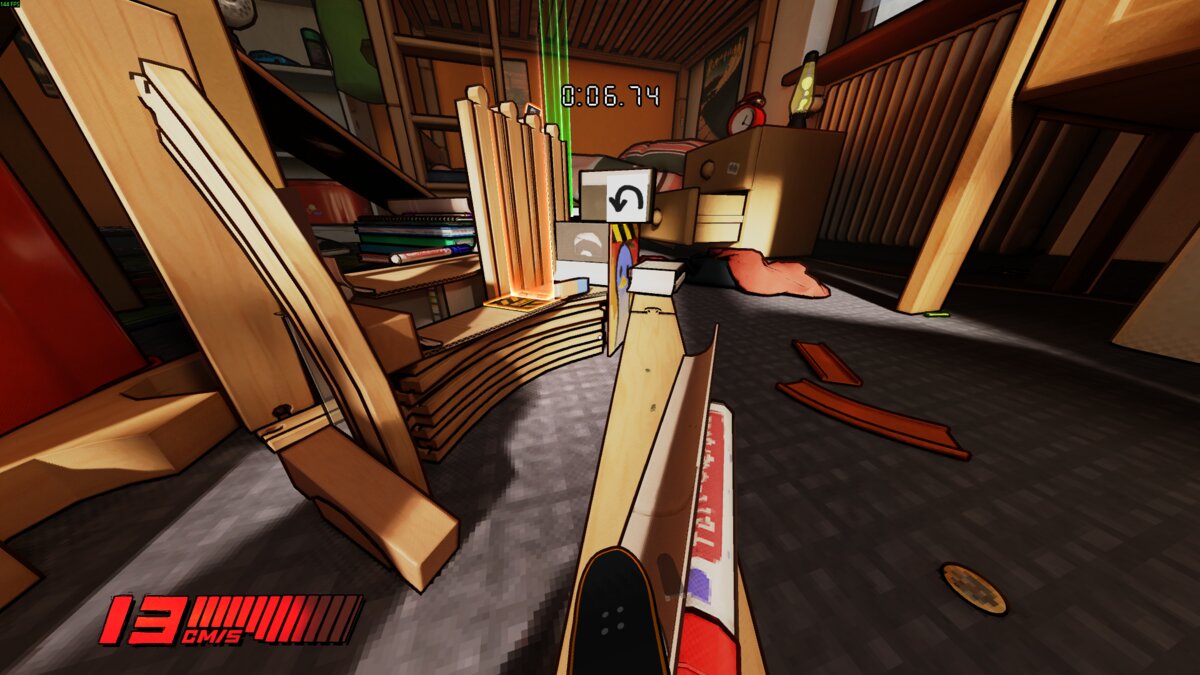You can trust VideoGamer. Our team of gaming experts spend hours testing and reviewing the latest games, to ensure you're reading the most comprehensive guide possible. Rest assured, all imagery and advice is unique and original. Check out how we test and review games here
I used to be the sharpest tool in the box, me. In Junior school, I aced my SATs, with a trio of 5s representing the highest scores in English, Maths and Science. In secondary school I was equally exceptional, busting out a whopping 98 per cent test score on the first maths exam of the year. I was a legend among Maths teachers; the boy whose name was (probably) celebrated in the staff room and used as an example to under performing oiks who had no interest in the language of numbers. It might sound like I’m blowing my own trumpet here, but it’s actually a clever contrast: I was more intelligent then (when I was 12) than I am now. I’m more knowledgable perhaps, but my brain was ticking over much quicker when I was at school. Sure, I can just about string a sentence together, but throw some simple arithmetic my way and my brain cells go on strike. “That’ll teach you for sacking off revision to play games!”, they shout.
Thank God for Dr. Kawashima’s Brain Training. While it might be a game best suited to making sure your grandparent’s grey matter doesn’t turn to jelly, it’s just as effective at dusting the cobwebs off the cerebral cortex of someone young and supple like myself. Up until now, this has all been done on the DS. Nintendo’s handheld is the perfect bit of kit to allow ‘players’ to write numbers, tap colours and play on the train to work (or the OAP bus to Eastbourne). One might question whether Kinect – technology built around movement and activity – detracts from the whole idea of the game. Surely Kinect will turn the experience into a load of furious limb flailing? Not so, I’m happy to report.
Naturally the challenges still requires movement (it’s a Kinect release, after all), but it’s mostly calm positioning of your limbs combined with the quick thinking required in the DS versions. The first game I played was logic based. A digital 24-hour time flashed at the top of the screen, and I had to move my arms (and thus the arms of my avatar) to create the corresponding time on an analogue clock. Next I was kicking numbered footballs into a goal to complete mathematical equations. “[?] + 6 = 9”, the expression might read, and I’d boot the ball with the 3 on it into the goal (See? My maths isn’t that bad). Later on I was holding a red flag in one hand and a white flag in the other, with a voice in the background asking me to raise and lower them. Standing behind me were two AI avatars who would deliberately do the wrong thing to confuse me. The idea was to ignore the visual cues of the avatars and focus on reacting exclusively to the voice. Easier said than done, I can assure you.
There are also slightly more energetic activities that reflect the new Kinect-orientated title: Dr Kawashima’s Body and Brain Exercises. I only had time to play one game from this ‘active’ category of challenges – a Whack-A-Mole variant with mice. With your avatar surrounded by pipes, you’re simply tasked with whacking the poor rodents on the noggin as they emerge from their hiding place. Every now and again a yellow, spiky headed mouse (which looks a little like Super Sonic, in a way) will pop his head out, which you must avoid at all costs. It still requires quick thinking, but the emphasis here is on moving your arms as quickly as possible, rather than taking time to work out an answer. I’m interested to see how the other ‘active’ games fare in comparison.
Structurally it’s just what you’d expect from a Brain Training title. When you first boot up the game, you take a test to determine your initial brain age and then you proceed to undertake daily tasks in order to reduce that age to a respectable number. Ultimately it’s a mini-game compilation, but there’s a thread of progression running throughout that ties everything together so much better than others out there. The mini-games themselves are, from what I’ve played, more entertaining than those on offer in Kinect Adventures, too. Even if you’re not looking to reduce your brain age, you’re still likely to have fun.
I was slightly irritated by the fact that I occasionally failed activities for unfair reasons – or at least, for reasons that I personally deemed unfair. The fault wouldn’t lie with my poor memory, or with the absence of a particular skill; it would stem from Kinect misreading my movements and selecting the wrong options. When you’re as sure as I am that 3+5 is 8, and then try to kick a ball with the number 8 on it into a goal, only find your avatar kicking the ball with the 6, you tend to get fairly irate.
I didn’t spend long enough with the game to notice if I was getting more cleverer, but I certainly felt like I had a fairly decent mental work-out. Like its portable predecessors, this is a game that relies upon repeated play over a long period of time, and at this stage I couldn’t say whether this Kinect release has the same holding power as Brain Training DS. I worry that the game’s appeal could be lost in its transition to a home console; you’ll no longer be able to pick it up and play quickly on a lunch break or bus ride back from work. Of course, the experience now incorporates Body exercises, too, broadening its audience somewhat, but I’m not sure if anybody would want that from the game – especially since it only tracks your brain age. Regardless of how good the finished product turns out to be, the fact that you can exercise, lower your brain age AND ‘have fun’ all at the same time is sure to work in Dr Kawashima’s favour when it releases next month.
Dr Kawashima’s Body and Brain Exercise is available for Xbox 360 on February 18







